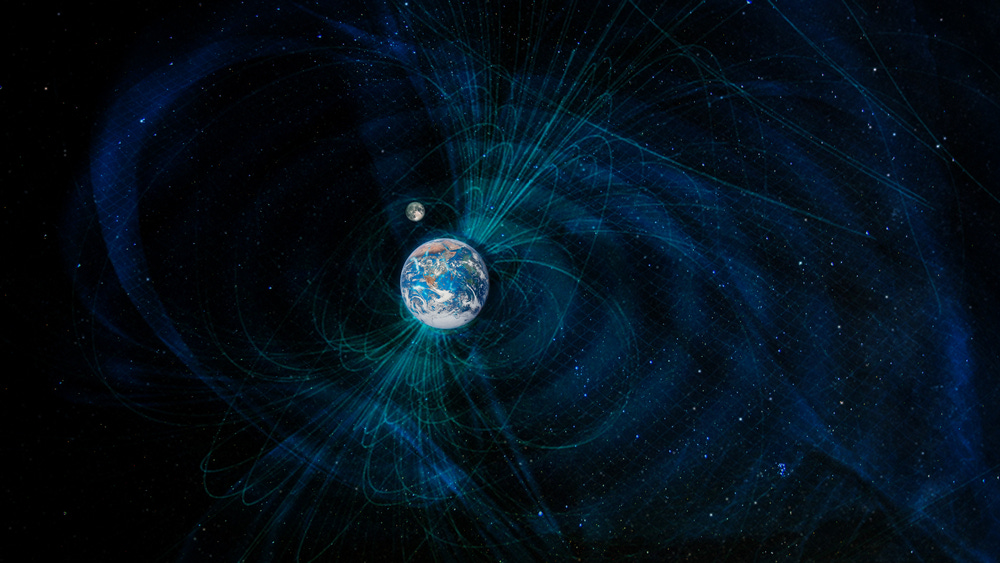Quantum Untangled: A Fantastic Voyage through Quantum Sensing
This week, we’re escaping to the one place that hasn’t been corrupted by capitalism…

Imitation is the sincerest form of flattery, said Oscar Wilde – though most technology marketers seem content with just stealing part or all of the name of the latest product gripping the zeitgeist and leaving it at that. See, for example, the tidal wave of technology platforms that added a lower-case ‘i’ to their names after Apple launched its first smartphone in 2007 (I’m looking at you, BBC iPlayer) or, more recently, the slew of AI products sporting the ‘GPT’ moniker in the hope that people might, just might, think their tool was just as sophisticated.
One would be forgiven for thinking the same thing is happening with ‘quantum sensing,’ which sounds suspiciously like an ad agency attempting to add physics-infused pizzazz to an otherwise mundane technology. Thankfully, this is incorrect. Quantum sensing does, in fact, have more than a superficial relationship with quantum physics, relying as it does on charting quantum mechanical phenomena like superposition and entanglement to make highly accurate measurements of much larger physical processes. This includes monitoring gravitational waves, electromagnetism, and the presence of radioactive material, applications that are likely to be adopted wholesale in fields such as medical diagnostics, environmental monitoring, space exploration and national security.
Little wonder, then, that IDTechEx recently predicted that the quantum sensing sector would reach $7.1bn by 2044. But these are early days. Quantum sensing remains undeniably in its experimental stage, the child of laboratories and scientific competitions rather than a market-ready product.
Hints of what that future may look like, however, may be found in the MagQuest Challenge. Devised by the US National Geospatial-Intelligence Agency, the competition is designed to find more accurate ways to map the Earth’s magnetic field – a vital objective, given the growing reliance of global navigation systems on mapping the vagaries of this unpredictable phenomena. SBQuantum’s quantum-powered magnetometer is one of the three finalists. Tested on Earth in collaboration with NASA’s Goddard Space Flight Centre, the diamond-powered device will be flung into space in 2025 atop a cubesat, ready to track changes in the Earth’s magnetic field with greater specificity hitherto achieved through the use of classical modalities.
SBQuantum uses nitrogen-vacancy diamonds (NV) centres to detect and monitor changes in the Earth’s magnetic field. These NV centres occur when the carbon lattice of a diamond is interrupted by a nitrogen atom and an empty space. Introducing the nitrogen atom frees up a pair of electrons from the structure of the diamond and it is that pair that allows SBQuantum to derive magnetic information from their spin. When excited with a green laser they can then measure its quantum state as it interacts with Earth’s magnetic field, letting them see a greater number of characteristics in the latter. Pre-test analysis suggests that it could provide 10 times greater accuracy than current sensors.
Space isn’t the only frontier being tackled by quantum sensor companies, or even the most promising sector – that goes to healthcare. A report in Nature suggests NV centres in diamonds can be used to determine the structure of single molecules and, when deployed at the cellular level, help researchers study the metabolism of a patient and probe the electrical activity of neurons. This ability to detect, label and target individual cells, the report continues, “is useful for diagnostic applications, such as distinguishing cancer cells from healthy cells.”
A report by Boston Consulting Group suggests the defence and aerospace industry will also make heavy use of quantum sensors. Quantum electromagnetic sensors could, for example, potentially be used to intercept enemy communications or spot stealth bombers en route to their targets. Archaeologists and prospectors, too, may make ready use of quantum gravimeters to unearth previously unknown underground structures.
How long before we see enterprise-ready quantum sensors? That, dear readers, is hard to say. While we may see startups launch cubesats equipped with the latest quantum sensing technology within just two years, many of the field’s processes still require further calibration and standardisation. What is clear is that quantum sensing isn’t yet another buzzy marketing term, but representative of an emerging shift in the way we perceive physics-based phenomena that could add serious value to a wide range of products and services. Watch this space.
Partner Content
The security challenges of digitalising the energy grid - Tech Monitor
How do we restore trust in the public sector? - The New Statesman
Brands must seek digital fashion solutions - Tech Monitor
The new to direct capital deployment to decarbonise household electrification - Capital Monitor
What factors drive data centre vendor selection? - Tech Monitor
